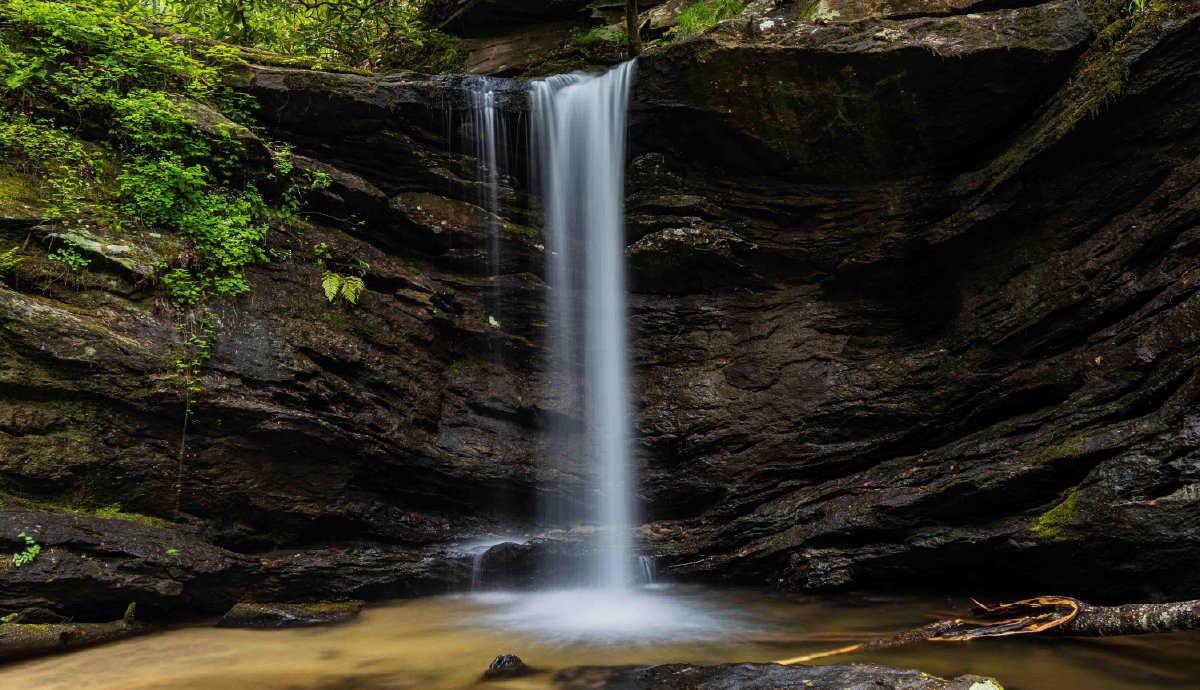
hotography is more than just pressing a button; it's an art form that captures moments, emotions, and stories. With the rise of digital photography, anyone with a camera can create stunning images. As you look through my site, you will see I enjoy landscape photography from vistas to waterfalls. Each time I go out, I try to find a composition that will tell a story.
Here’s a guide to help you take captivating digital photographs, whether you’re a beginner or looking to refine your skills.
Whether it is a landscape photo or portrait the best photographs tell a story or convey an emotion. eget eros sapien ut libero?
1. Understand Your Equipment
Know Your Camera
Whether you’re using a DSLR, mirrorless camera, or a smartphone, understanding your equipment is crucial. Learn about your camera’s settings, modes, and features. Read the manual, watch tutorials, and practice using different settings. I’m constantly trying new things and taking courses on different aspects of photography. I also have a friend who does photography tours and workshops. I go out with him regularly to learn new skills and hone the ones I already know.
Use the Right Lens
The lens you choose can significantly impact your photos. Wide-angle lenses are great for landscapes, while prime lenses offer excellent sharpness and depth of field for portraits. Experiment with different lenses to see which works best for your style. I use a telephoto lens for many of my landscape images. I tend to like that close-up view and believe it tells a better story.
2. Master the Basics of Composition
Rule of Thirds
To me, it’s not a rule, but more of a guideline to creating a pleasing composition. With the rule of thirds, imagine your frame divided into nine equal parts by two horizontal and two vertical lines. Place your subject along these lines or at their intersections to create a balanced and engaging composition.
Leading Lines
Leading lines guide the viewer’s eye through the photograph. They can be roads, rivers, or even shadows. Use them to draw attention to your subject or create a sense of depth in your images.
Framing
Use natural frames like windows, doorways, or branches to encase your subject. This technique adds depth and context to your photos, making them more visually appealing.
3. Play with Lighting
Golden Hour
The golden hour, shortly after sunrise and before sunset, offers soft, warm light that is perfect for photography. This natural lighting enhances colors and reduces harsh shadows, making your photos more captivating.
Use Shadows and Highlights
Don’t be afraid to experiment with shadows and highlights. They can add drama and depth to your images. Look for interesting shadow patterns and use them creatively in your composition.
Artificial Lighting
If natural light is not available, learn to work with artificial lighting. Flash, studio lights, or even a simple reflector can dramatically change the mood and quality of your photos.
4. Focus on the Details
Sharp Focus
Ensure your subject is in sharp focus, especially the eyes in portrait photography. Use manual focus if necessary and practice holding the camera steady to avoid blurring.
Depth of Field
Control your depth of field to isolate your subject from the background. A shallow depth of field (using a large aperture like f/1.8) can create a beautiful bokeh effect, making your subject stand out.
5. Edit Thoughtfully
Post-Processing
Editing can enhance your photos, but it’s essential to do it thoughtfully. Use software like Adobe Lightroom or Photoshop to adjust exposure, contrast, and color balance. Avoid over-editing; aim for natural-looking enhancements.
Cropping and Straightening
Sometimes, a simple crop or straightening of the horizon can make a significant difference. Don’t be afraid to adjust your composition during post-processing.
6. Tell a Story
Capture Emotions
The best photographs tell a story or convey an emotion. Look for moments of genuine expression and interaction. These candid shots often have a more significant impact than posed photos.
Context and Environment
Include elements of the environment to give context to your subject. Whether it’s the bustling streets of a city or the serene backdrop of nature, the surroundings can add depth to your story.
7. Practice and Experiment
Shoot Regularly
The more you practice, the better you’ll become. Shoot regularly, try new techniques, and learn from your mistakes. Join photography communities, take workshops, and get feedback on your work.
Experiment with Styles
Don’t be afraid to experiment with different styles and genres of photography. Try macro photography, street photography, or long-exposure shots. Each style will teach you new skills and open up creative possibilities.
In Conclusion
Capturing captivating digital photographs is a journey of continuous learning and experimentation. By understanding your equipment, mastering composition, playing with light, focusing on details, editing thoughtfully, telling stories, and practicing regularly, you’ll be well on your way to creating stunning images that captivate and inspire. So grab your camera, head out, and start capturing the world around you!
Annie Lazo
I am a landscape photographer who finds joy in capturing the natural beauty of this world. From the magical mountains of the East Coast to the majestic peaks of the American West, I seek to share these breathtaking vistas with as many people as possible. I also enjoy photographing waterfalls, wildlife, and plant life.




